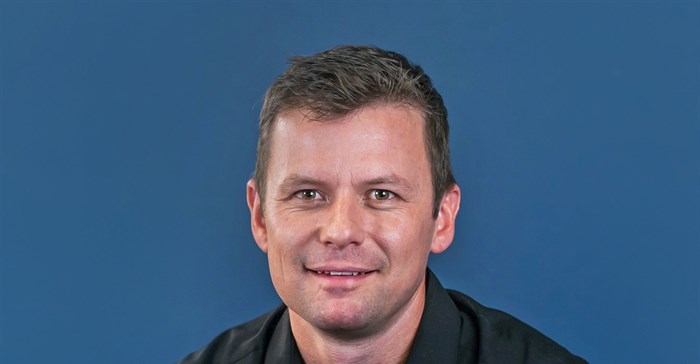Brand building in Africa through field sales

More Africans are entering the consumer class, as tens of millions emerge from poverty in recent years. The deterrents to doing business in Africa are well-documented, but many companies have managed to make inroads in Africa. And there are valuable lessons we can learn to make the most of the opportunities available in one of the world’s fastest-growing consumer markets.
The most successful entrants into Africa have been careful and selective about the markets they enter, and chose the right regions and cities for their business model and/or product/service.
Adopting a city-based strategy
Instead of seeking to build a presence across entire countries, many brands have targeted the fastest-growing cities where per capita income and consumption spending exceeds the national average.
A city-based strategy is essential in Africa, given the rapid pace of urbanisation and the differences in growth rates even among cities within the same country. But choosing the highest-potential cities is just one part of the puzzle; getting the timing right is another. Leading companies develop fact-based forecasts of the readiness of markets for specific product categories.
Consumer demand for a particular product or category typically follows an S-curve, with per capita income as the primary variable. To be able to predict when consumer demand surfaces, a company must understand economic indicators, local market trends, and statistical growth models.
The challenges
But just as the potential of Africa is widely acknowledged, so are the perils of doing business. Despite recent progress, several hurdles remain when operating an in-field sales operation.
- Political instability and conflict: Wars and authoritarian governments continue to affect business and policy in many African countries adversely. According to Freedom in the World Report 2017, of the 54 African nations, only 10 are considered free, 22 are deemed partially free, and 22 are not free.
- Poor infrastructure: Within Africa, travel is often incredibly expensive and challenging, and only a third of Africans live within two kilometres of a tarred road that is accessible all year round. But to overcome this hurdle, technology is playing a growing role in bringing us all closer and increasing access to products and services.
- Linguistic diversity: In South Africa alone there are 11 official languages, and Nigerians speak more than 500 local languages, team this with the low literacy rate that exists in Africa, consumer communications become very complicated. But you can use technology and local partners assist, and when it comes to too many languages to manage, pictures and workflows can be used to sell a product or service. It is amazing how many common understandings we share when using basic images, instead of language.
- Differences in consumer behaviour: Different African cultures have different decision-making processes when it comes to purchasing. For example, price sensitivity: most Angolans look at advertisements and comparison shop to get the best price, but only 27% percent of Kenyans shop this way.
Despite the challenges, field sales in Africa remains a huge area of market opportunity, from insurance sales to the delivery of low-cost products. But often companies fail to enter this market mainly due to poor market research.
Take politics out the picture, as nothing can be done to change this. Proper market research though, will allow differences in consumer behaviour to be understood before ramping into a market and ultimately setting yourself up for failure. Without market research, you can have the best technology and the best in-field sales team, but without it, nothing works.
























